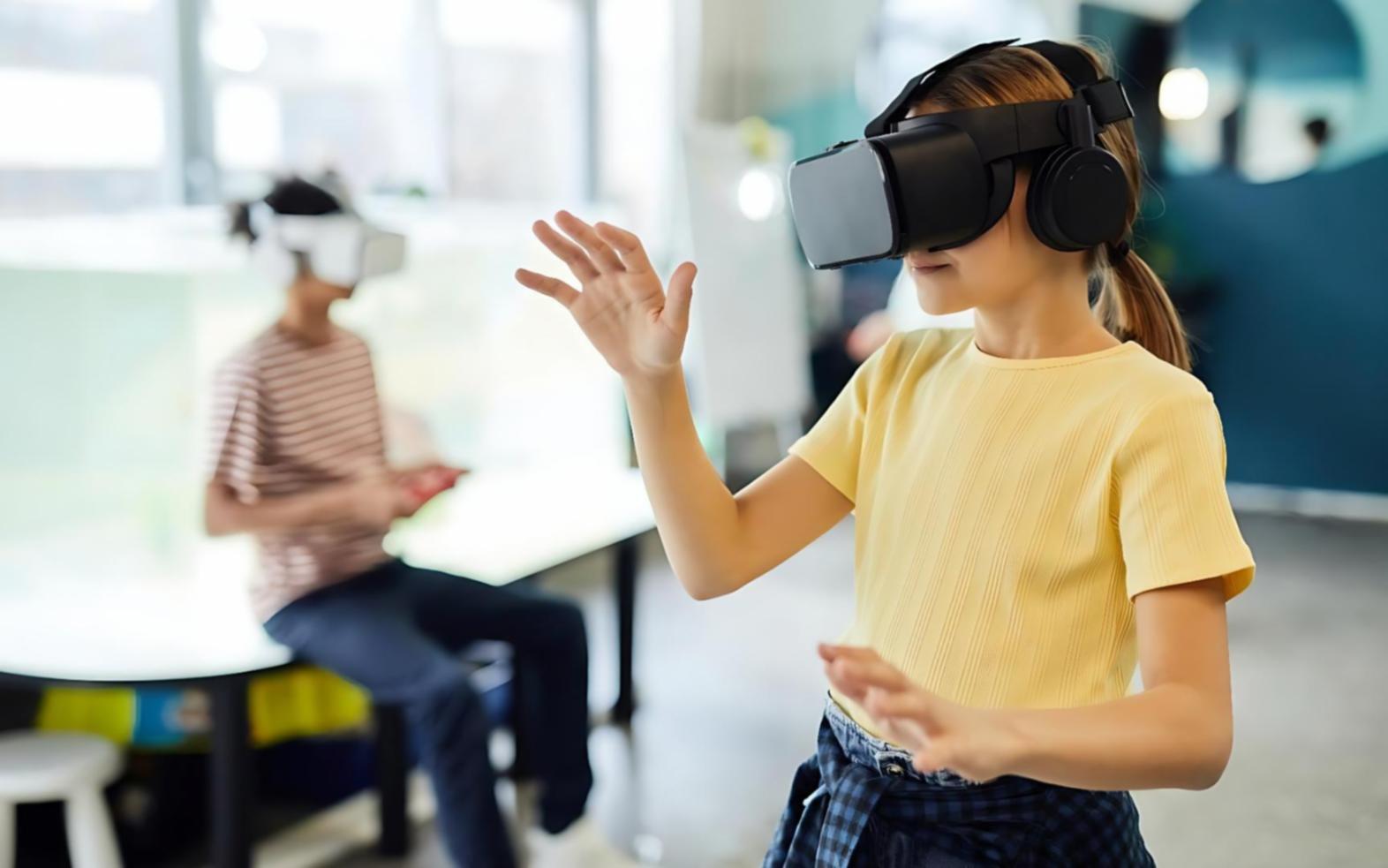Building Tomorrow's AR Creators
We started with a simple belief: that anyone can master augmented reality development with the right guidance and real-world practice.
Our Story
Back in 2023, we noticed something troubling. Talented developers were struggling to break into AR because traditional courses focused too much on theory and not enough on actual game mechanics that work.
After seeing too many bright minds give up on AR development, we decided to do something different. We built our programs around real projects that students can actually show to potential employers.
What started as weekend workshops for local developers has grown into comprehensive programs that prepare people for the AR industry as it actually exists today.
What We Believe
Great AR experiences don't happen by accident. They come from understanding how users interact with digital objects in real space, and that understanding comes from practice.
We think the best way to learn AR development is by building things that people actually want to use. Our students work on projects that solve real problems, not just demonstrate technical concepts.
Every person who joins our programs brings their own perspective and background. We've found that this diversity makes everyone's projects stronger and more creative.
The People Behind the Programs
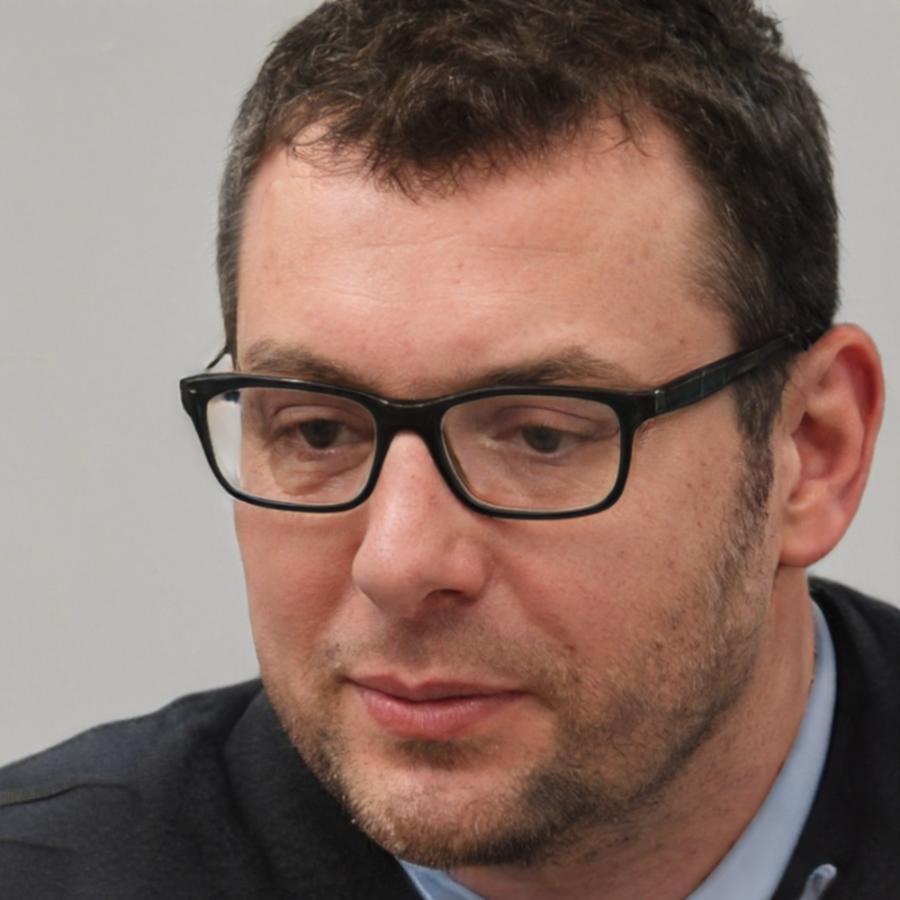
Valdrin Shala
Valdrin has been building AR applications since before it was trendy. He spent years at tech companies watching good developers struggle with AR concepts that seem obvious once you understand them.
He joined us because he was tired of seeing people give up on AR just because no one explained it properly. His approach focuses on breaking down complex interactions into manageable pieces.
When he's not teaching, Valdrin experiments with new AR frameworks and shares his findings with the team.
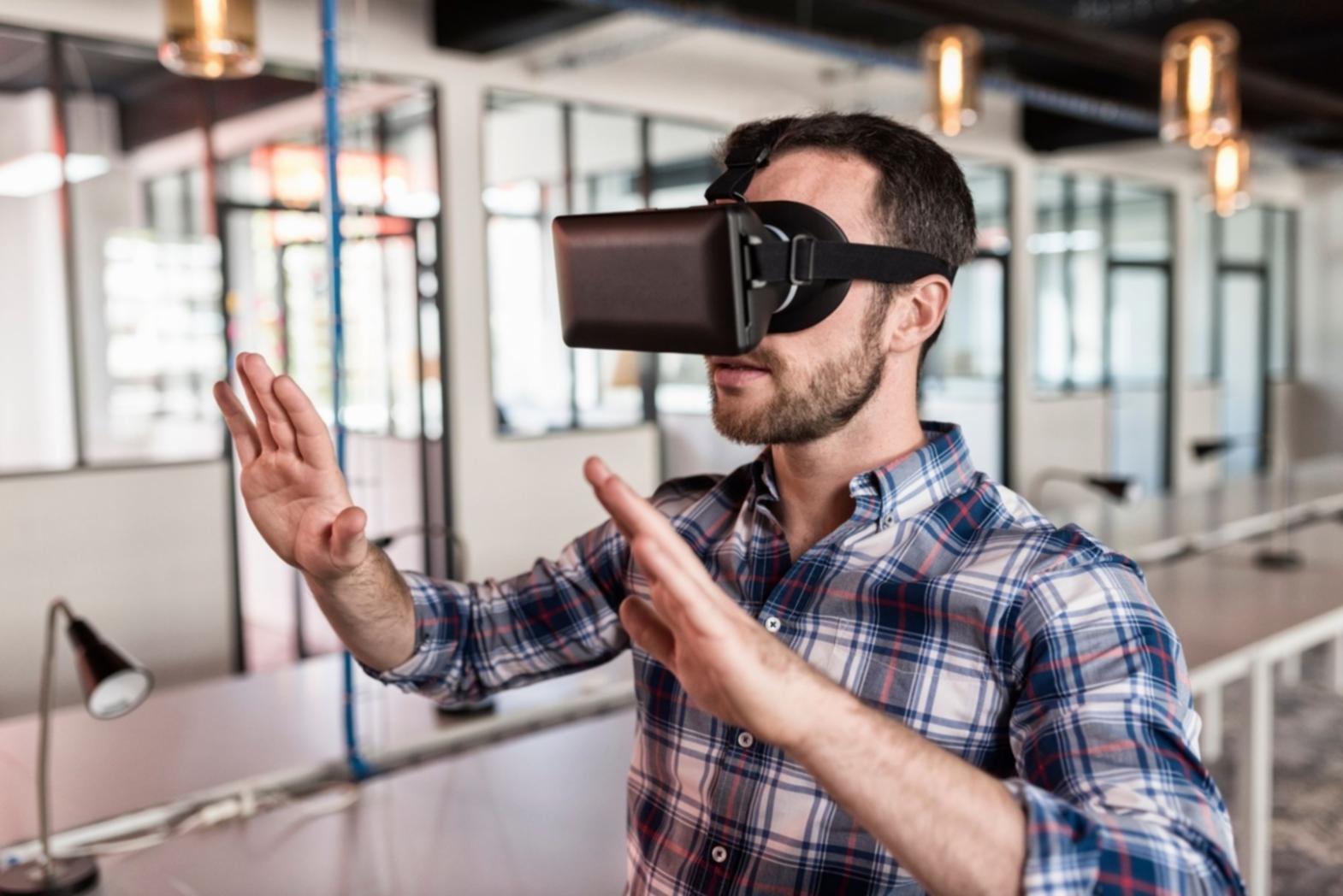
Real Projects, Real Results
Our students don't just learn concepts—they build actual AR games that people download and play. This approach means they graduate with a portfolio of work they're genuinely proud of.
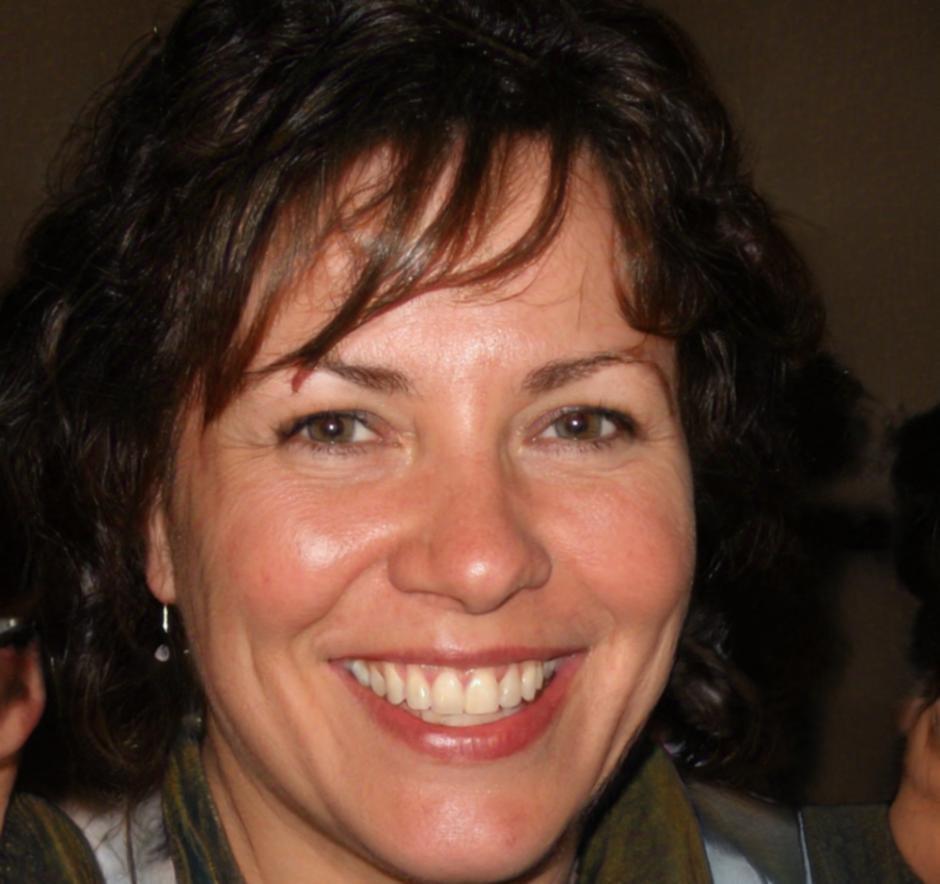
Arlinda Krasniqi
Arlinda brings the game design perspective that makes AR applications actually fun to use. She's worked on mobile games that millions of people have played.
She teaches the part that many AR courses skip entirely: how to make experiences that people want to return to. Her background in user psychology helps students understand why some AR interactions feel natural while others are frustrating.
How We Think About AR Education
Start with the User Experience
Before writing any code, our students learn to think about what the user is trying to accomplish. We've seen too many AR projects that are technically impressive but impossible to actually use.
Every project begins with a simple question: what problem are we solving for the person using this? This approach leads to AR applications that people actually want to keep on their phones.
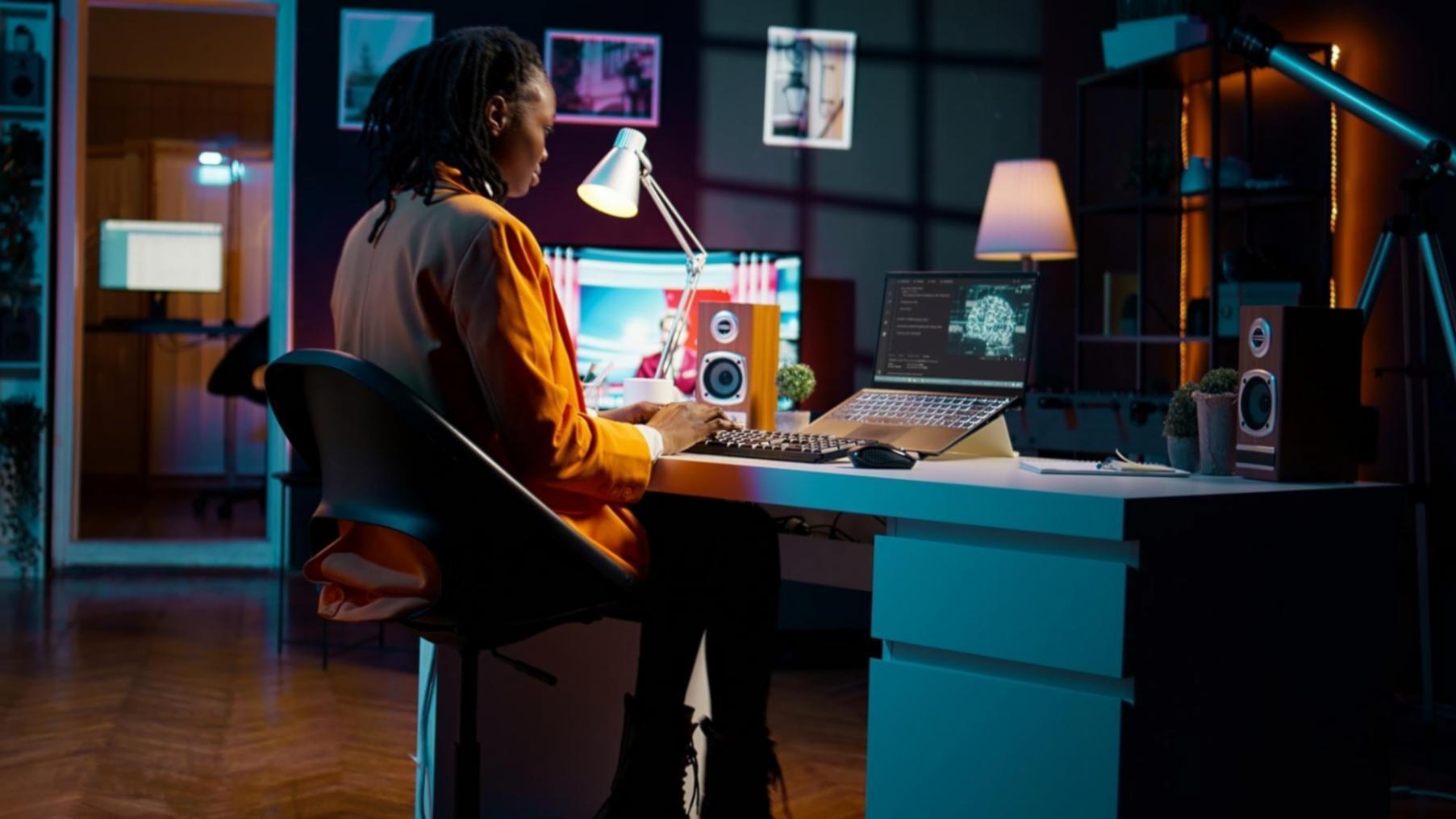
Build Things That Work
Academic AR projects often ignore performance constraints and battery life. Our programs focus on creating experiences that work smoothly on actual devices that real people own.
Students learn optimization techniques from day one, because an AR game that drains the battery in 20 minutes isn't going to succeed no matter how innovative the concept.
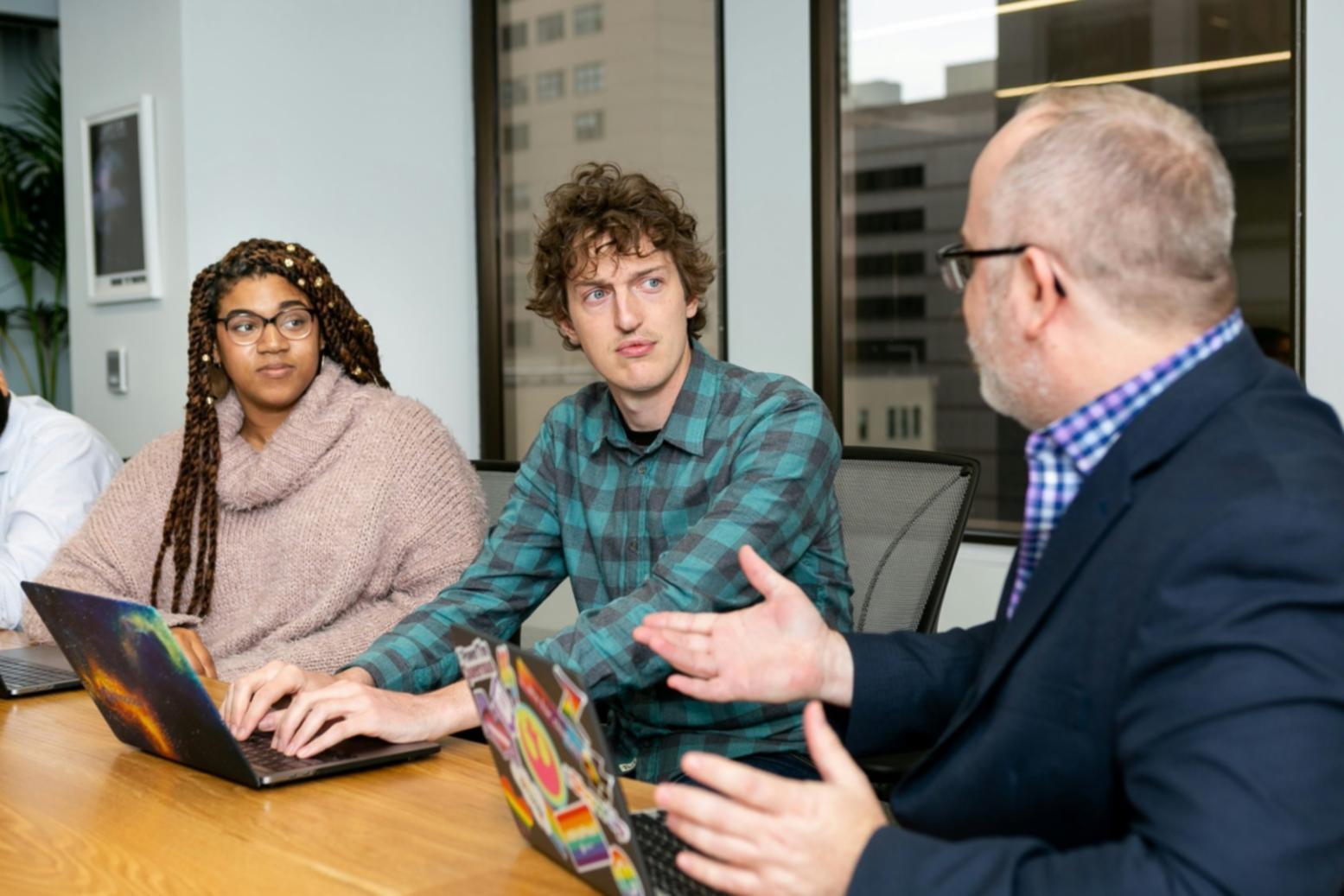
Prepare for Real Careers
The AR industry is growing fast, but employers need developers who can ship products, not just demonstrate concepts. Our curriculum reflects what AR teams actually need from new hires.
By the time students complete our program, they understand the entire development pipeline from initial concept to app store submission. That comprehensive knowledge makes them valuable team members from their first day.
